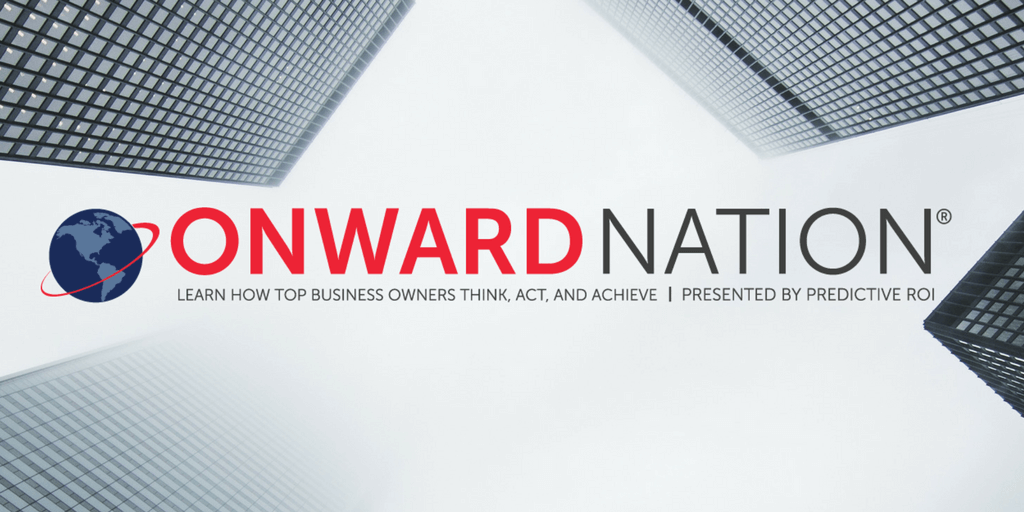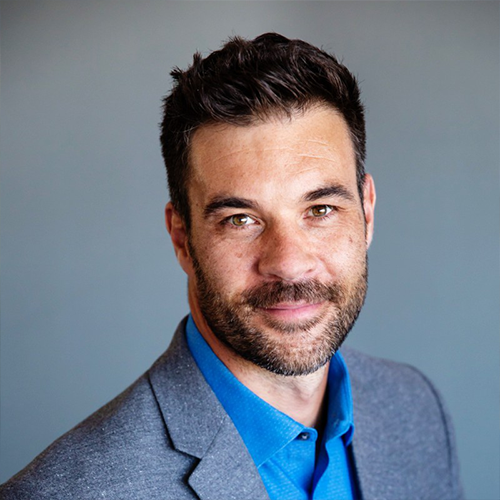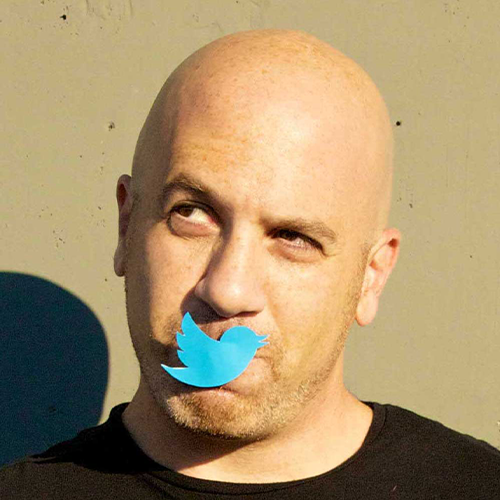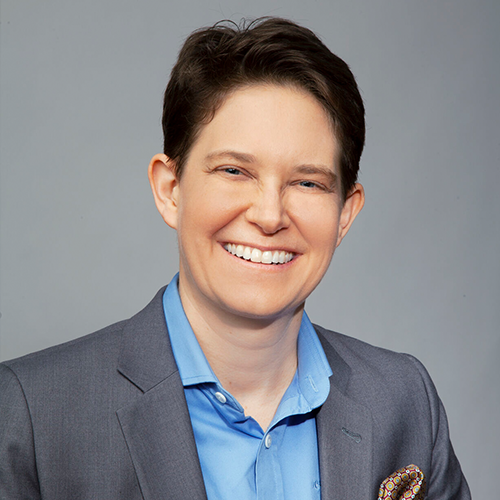Onward Nation Podcast

Onward Nation provides the strategies and tactical step-by-step "recipes" that will help any owner make their agency, coaching, or consulting business more systematic, predictable, measurable, and repeatable by selling with authority.
The host of Onward Nation podcast, Stephen Woessner, is CEO of Predictive ROI, and a digital marketing authority, speaker, educator, and bestselling author of four books, including Sell With Authority.
His digital marketing insights have been featured in Inc. Magazine, Forbes, Entrepreneur, and The Washington Post.
Last Episode...
While there will be no more new episodes of the Onward Nation Podcast, you can still find and listen to all old episodes. Be sure to check out our new podcast, the Sell With Authority podcast!
How to Cultivate Gratitude, with Stephen Woessner
How to cultivate gratitude? Foster your personal growth and appreciate losses as much as wins. Digest our tips on how to cultivate gratitude. How to cultivate gratitude? He believes we’re entering the era of the AUTHORITY. Brands that occupy the coveted “expert” status are afforded the highest level of confidence and trust from their customers,…
Read More →More Episodes...

Podcasting for Business, with Harry Morton
Episode 1029
LinkedIn Marketing Strategy, with Mandy McEwen
Episode 1028
Business Scaling Strategy, with Michael Zipursky
Episode 1026
PR Strategy Plan, with Leslie Perino
Episode 1025











